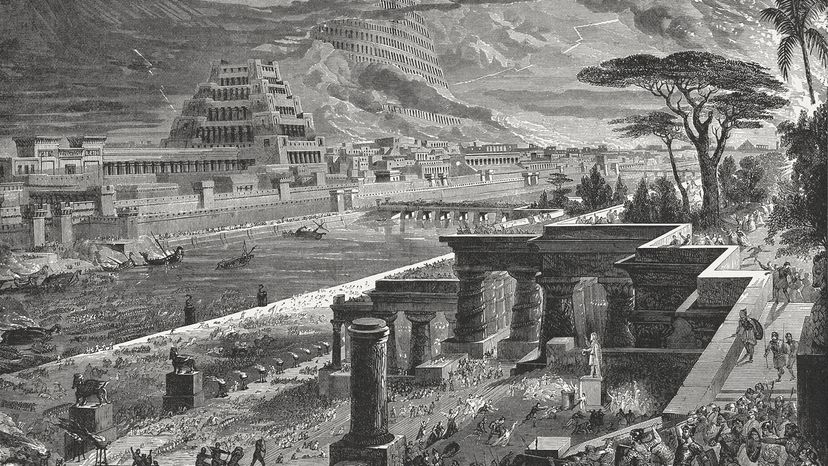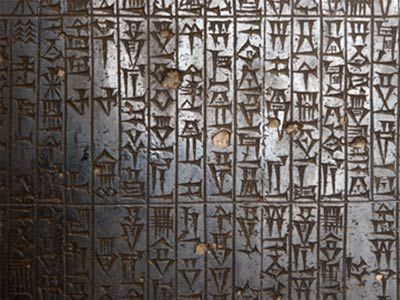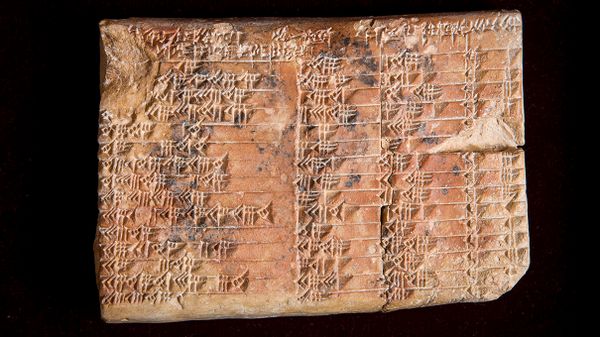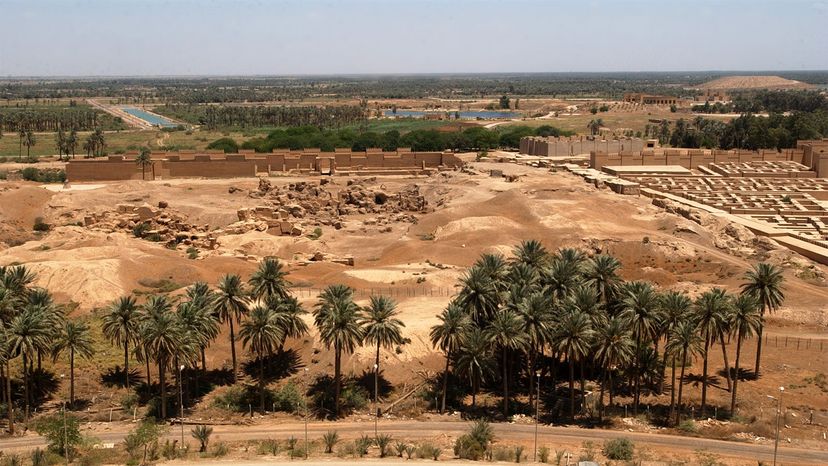
At the height of its glory in the 7th and 6th centuries B.C.E., the ancient city of Babylon was the largest and wealthiest in the world.
Under the ruthless and ambitious King Nebuchadnezzar II, the sprawling settlement in modern-day Iraq grew into a major city as large as Chicago, and boasted towering temples, ornately tiled palaces and imposing city walls thick enough for two chariots to pass each other side by side.
Advertisement
According to legend, it may also have been home to the Hanging Gardens of Babylon, one of the Seven Wonders of the Ancient World (see sidebar), and a hubristic sky-scraping temple that some historians believe inspired the biblical Tower of Babel.
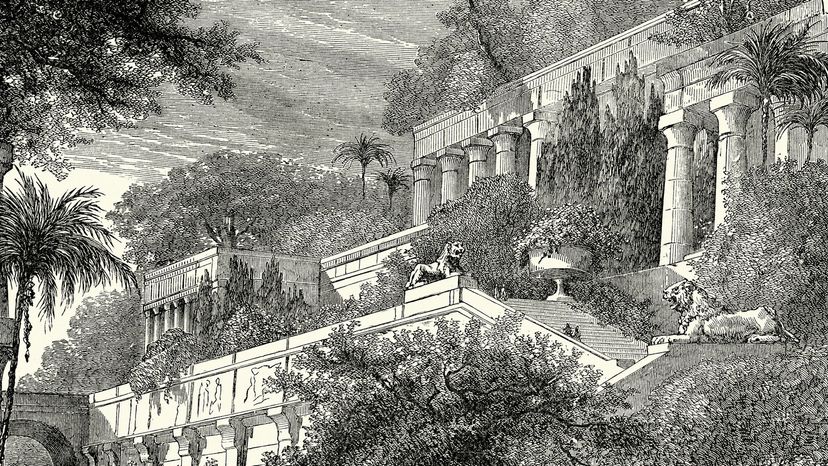
But the glory days of Babylon were short-lived. As foretold by Old Testament prophets, the grand ancient city fell to the Persians in 539 B.C.E. and slowly crumbled over centuries of foreign invasions and occupations.
Although Babylon was designated a UNESCO World Heritage Site in 2019, there isn't much left to see of the once-unstoppable empire that dazzled Greek historians and enslaved its rivals, most famously the biblical Kingdom of Judah. If you took a trip to Babylon today, located 55 miles (85 kilometers) south of Baghdad, you'd see a tacky recreation built by Saddam Hussein in the 1970s that's been partially destroyed by decades of war. It's a sad ending to such a fabled city.
Advertisement
